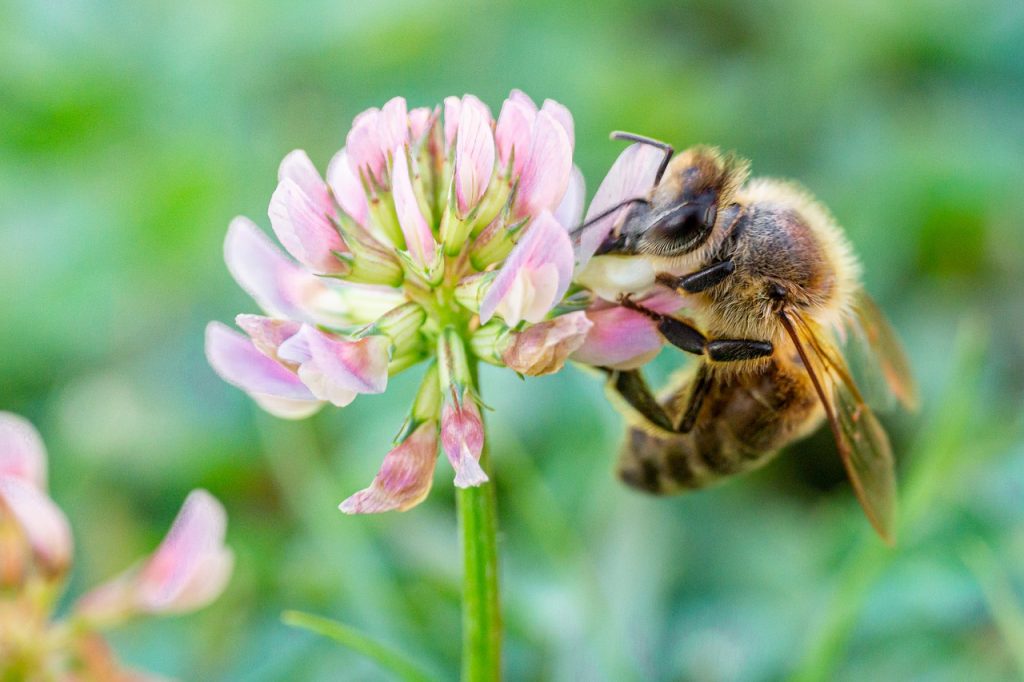
One of the comments I often receive online and in-person after my various baby-animal-picture-punctuated rants is, “Vu, I agree with all the stuff you’re saying, but it seems you’re preaching to the choir. Shouldn’t you dress better and yell at the people in power who are not in this room?”
I can understand the frustration. Many of the issues I point out—grantmaking shenanigans, the archaic focus on overhead, the need for better tax policies, the ridiculousness of infinity scarves, etc.—are things many of us have been ranting about for decades. To hear someone bring them up again can invoke feelings of exasperation over how little progress we’ve made in many of these areas affecting our work.
However, I am not sure we’re actually a choir. I don’t know much about music, and I have the singing voice of a blender trying to puree a handful of fidget spinners, but I think choirs overall has members who show up at the same time, sing songs that are agreed upon in advance, know who is singing which parts, and start and finish each song at the same time before starting another one. I am not sure that accurately describes any audience I’ve spoken to.
Continue reading →




